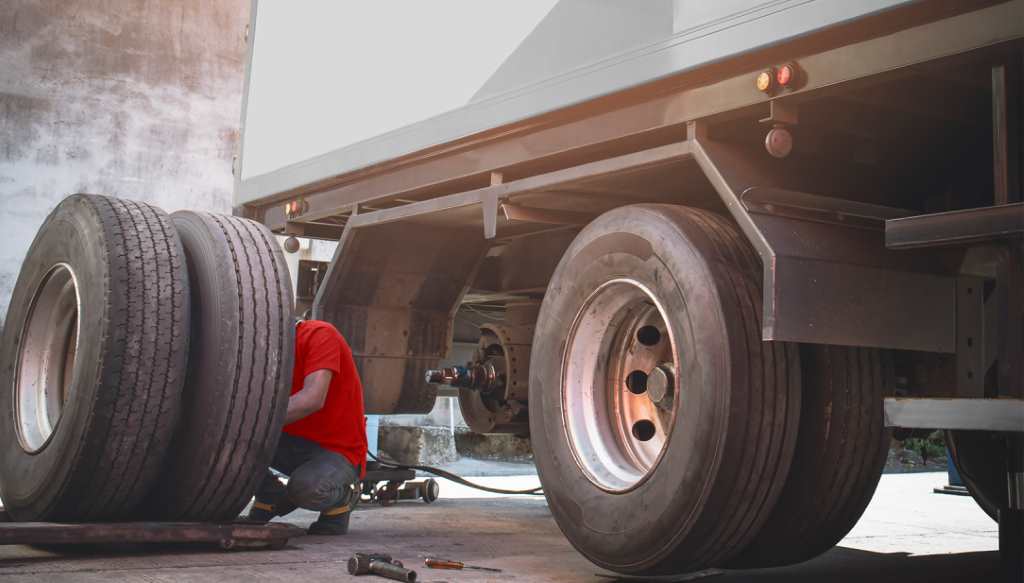Truck owners know that these workhorses are investments. Whether you rely on your truck for business or personal use, consistent preventive maintenance is the key to ensuring longevity, reliability, and safety on the road.
Why Preventive Maintenance Matters
Preventive maintenance (PM) is a proactive approach to truck care. Instead of waiting for breakdowns, you regularly inspect, service, and replace parts that are prone to wear and tear. Here’s why it’s essential:
- Reliability: PM drastically reduces the risk of unexpected breakdowns and costly repairs on the road.
- Safety: A well-maintained truck is a safer truck. PM helps identify and address potential safety issues before they become critical.
- Resale Value: A truck with a documented history of consistent maintenance commands a higher resale value.
- Fuel Efficiency: A well-tuned engine, properly inflated tires, and clean filters can significantly improve fuel economy. Additionally, the essentials of car paint maintenance play a crucial role in preserving vehicle aesthetics and protecting against environmental wear.

Essential Preventive Maintenance Tasks
Let’s break down the key PM tasks you should perform regularly:
- Engine Oil and Filter Changes: The lifeblood of your engine. Follow the manufacturer’s recommended intervals, or more frequently if you drive under harsh conditions.
- Tire Inspection and Rotation: Check tire pressure and tread depth regularly. Rotate tires to ensure even wear and extend their lifespan.
- Brake Inspection and Service: Brakes are critical for safety. Have them inspected and serviced by a professional at least once a year or according to manufacturer guidelines.
- Fluid Checks: Regularly check and top up engine coolant, power steering fluid, brake fluid, and transmission fluid.
- Belts and Hoses: Inspect belts and hoses for cracks, leaks, or wear. Replace them as needed to prevent failures.
- Air Filter Replacement: A clean air filter ensures optimal engine performance and fuel efficiency.
- Battery Maintenance: Clean battery terminals, check the electrolyte level (if applicable), and have the battery tested periodically.
- Lights and Electrical: Inspect all lights and signals to ensure they’re working correctly.
- Chassis Lubrication: Lubricate moving parts according to the manufacturer’s recommendations to reduce friction and wear.
- Visual Inspections: Regularly walk around your truck, checking for leaks, loose parts, or any signs of damage.
Creating a PM Schedule
Create a schedule based on the manufacturer’s recommendations and your truck’s usage. Consider factors like mileage, operating conditions, and the age of your truck.
Tips for Effective Truck PM
- Keep Records: Maintain a log of all maintenance tasks performed, including dates, parts replaced, and any relevant notes. This is invaluable for troubleshooting and resale.
- Choose a Reliable Mechanic: Find a qualified mechanic or shop that specializes in truck maintenance.
- Use Quality Parts: Invest in high-quality parts and fluids to ensure optimal performance and longevity.
- Don’t Ignore Warning Signs: Address any unusual noises, smells, or performance issues promptly.
Preventive Maintenance Beyond the Basics
For those with more in-depth knowledge, consider these additional PM tasks:
- Differential Fluid Changes: Crucial for 4×4 trucks or those that tow frequently.
- Transmission Fluid and Filter Changes: Extend the life of your transmission.
- Cooling System Flush: Prevents rust and corrosion buildup.
- Fuel Filter Replacement: Ensures clean fuel delivery to the engine.
- Wheel Bearing Repack: Important for heavy-duty trucks or those used in off-road conditions.
The Bottom Line
By committing to a regular preventive maintenance schedule, you’ll be rewarded with a reliable, safe, and efficient truck that can serve you for years to come. Remember, it’s always better to invest a little time and money in preventive maintenance than to face the inconvenience and expense of unexpected breakdowns.







